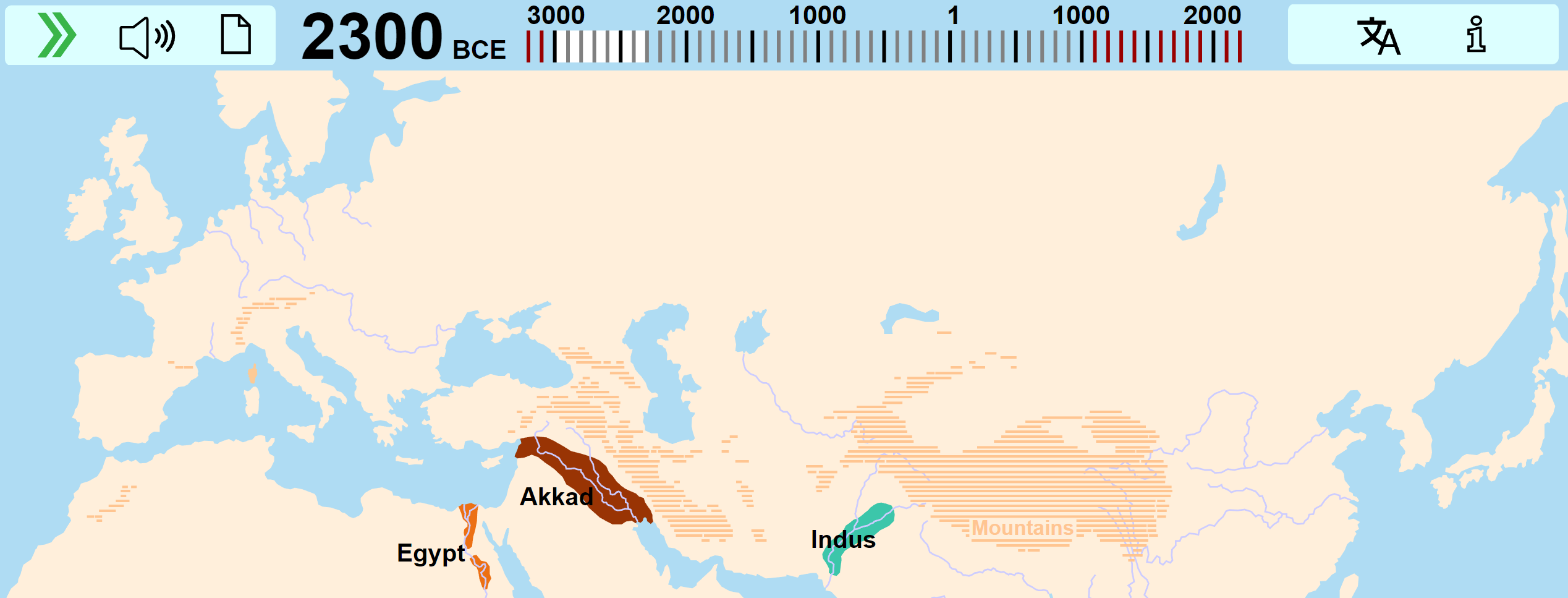By Astral Codex Ten
https://astralcodexten.substack.com/p/heuristics-that-almost-always-work
The Security Guard
He works in a very boring building. It basically never gets robbed. He sits in his security guard booth doing the crossword. Every so often, there’s a noise, and he checks to see if it’s robbers, or just the wind.
It’s the wind. It is always the wind. It’s never robbers. Nobody wants to rob the Pillow Mart in Topeka, Ohio. If a building on average gets robbed once every decade or two, he might go his entire career without ever encountering a real robber.
At some point, he develops a useful heuristic: it he hears a noise, he might as well ignore it and keep on crossing words: it’s just the wind, bro.
This heuristic is right 99.9% of the time, which is pretty good as heuristics go. It saves him a lot of trouble.
The only problem is: he now provides literally no value. He’s excluded by fiat the possibility of ever being useful in any way. He could be losslessly replaced by a rock with the words “THERE ARE NO ROBBERS” on it.
Read More

